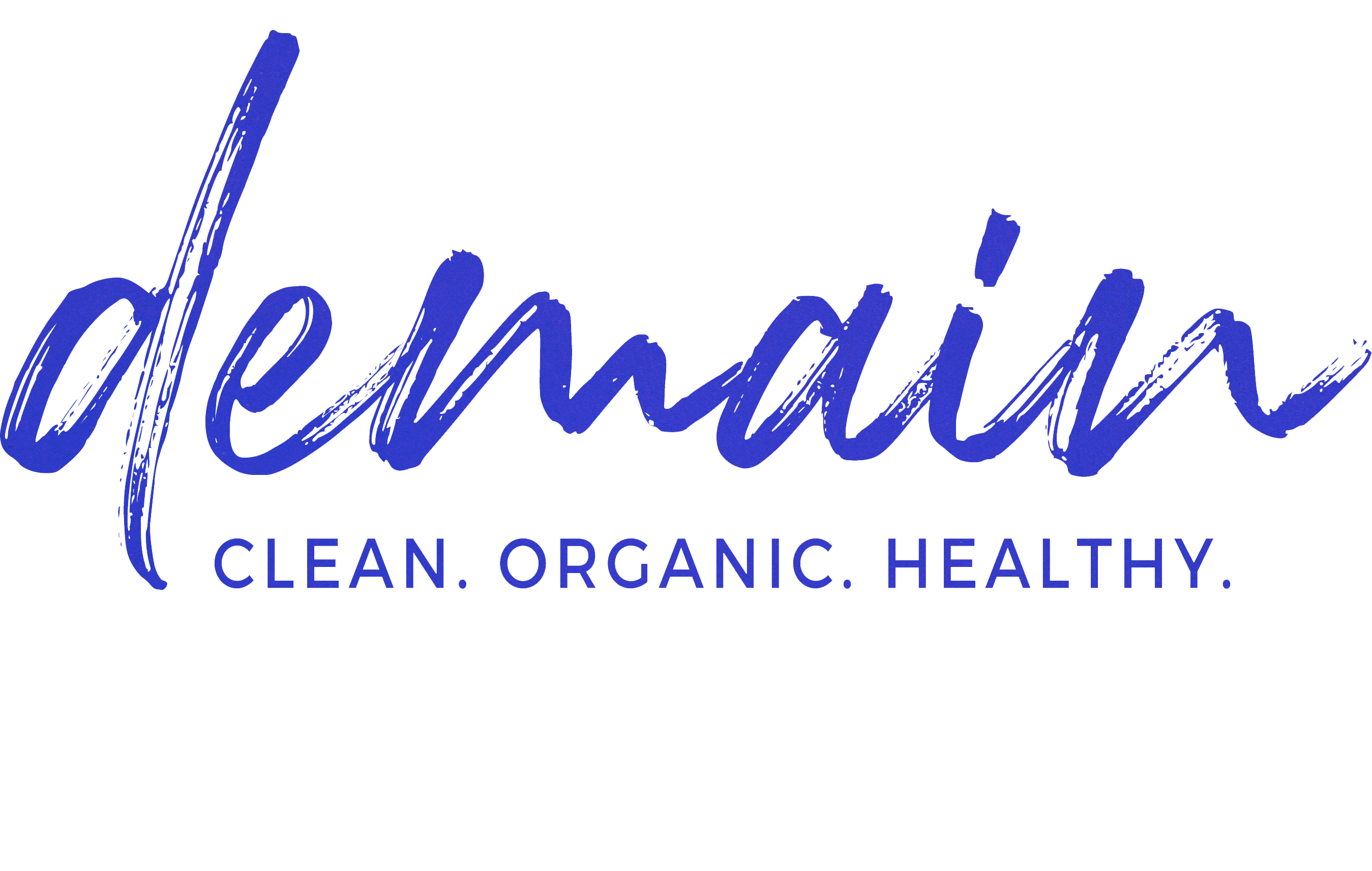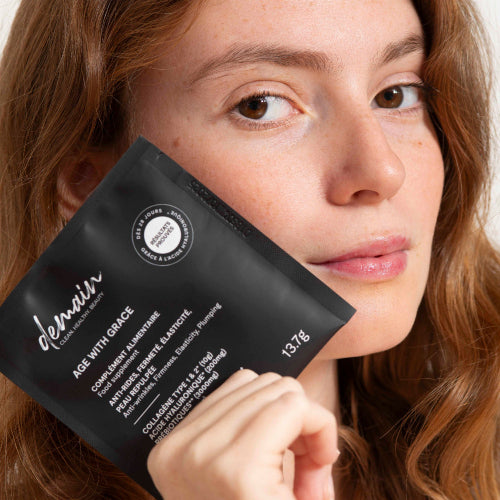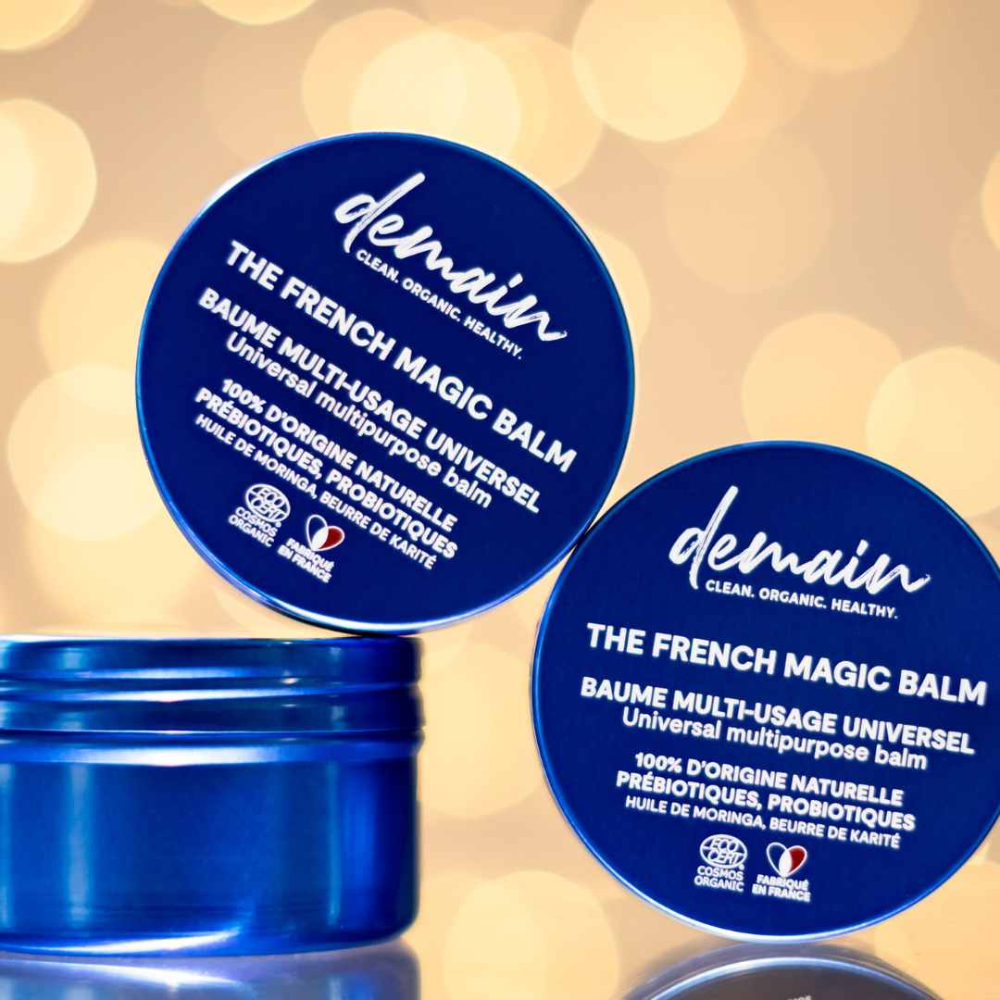Summer is fast approaching and with it, the need to hydrate . Did you know that your plate can be a source of hydration? Indeed, certain fruits and vegetables are full of water. Cucumber, with a water percentage of 96%, is at the top of the list. Next come tomatoes, watermelon, melon and strawberries. So to stock up on water while enjoying delicious foods, opt for these fruits and vegetables rich in water.
Fruits and vegetables: foods rich in water
Fruits and vegetables are an excellent source of natural hydration, especially during the summer. These foods contain a large amount of water, which contributes to the hydration of the body.
For example, watermelon and cantaloupe have a water content of over 90%. The same is true for cucumber and lettuce. By consuming these fruits and vegetables, you not only contribute to your hydration, but you also benefit from the fiber, vitamins and antioxidants they contain.
- Cucumber is a champion of hydration, with 96% water. It is also a source of vitamin K, essential for blood clotting.
- Watermelon is 92% water and is rich in vitamins A and C, as well as antioxidants.
- Melon has a water content of 90% and is an excellent source of vitamins A and C.
- Lettuce is 96% water and provides vitamin K and A.
So there are a multitude of ways to stay hydrated while still enjoying tasty and nutritious foods .
Understanding the percentage of water in fruits and vegetables
The percentage of water in fruits and vegetables corresponds to the proportion of water present in these foods in relation to their total weight. This percentage is quite high, often reaching more than 80%. To calculate it, we determine the amount of water contained in a given fruit or vegetable, in grams, then divide it by the total weight of this food, also in grams. The result is then multiplied by 100 to obtain a percentage. For example, if a tomato weighs 100 grams and contains 94.1 grams of water, its water percentage is 94.1%.
This percentage plays a crucial role in hydration . Indeed, a large part of our daily water intake can come from the fruits and vegetables we consume.
The role of water in these foods
The water present in fruits and vegetables is not there by chance. It plays a vital role in the structure and functioning of these foods. On the one hand, it contributes to the texture and volume of fruits and vegetables, giving them their freshness and crunchiness.
On the other hand, water is the transport medium for essential nutrients such as vitamins and minerals. It is also the natural solvent for many bioactive substances found in fruits and vegetables, such as antioxidants. Therefore, by consuming these water-rich foods, we benefit not only from hydration, but also from the nutrients they contain.
- Water-soluble vitamins , such as vitamin C, are particularly well transported by the water in fruits and vegetables.
- Minerals such as potassium and magnesium are also dissolved in the water in these foods, making them easier to absorb by the body.
- Antioxidants found in fruit and vegetable water can help fight free radicals, contributing to the overall health of the body. If you want to learn more about antioxidants, check out our article on the topic: The Benefits of Antioxidants .
It is for all these reasons that the water contained in fruits and vegetables plays a crucial role in the nutritional intake they provide.
How is the water percentage calculated?
To calculate the percentage of water in a food, we compare the amount of water contained in the food with its total weight . The calculation formula is as follows: (Quantité d'eau / Poids total) * 100 .
Let's take a concrete example: if an apple weighs 150 grams and contains 130 grams of water, the percentage of water in the apple is calculated in this way: (130 / 150) * 100 = 86,7% .
It should be noted that these values may vary depending on different factors such as the variety of food, its degree of maturity or even the conditions of its cultivation.
Importance of water for health and hydration
Water is an essential component of our body, representing approximately 60% of the adult's weight. A sufficient intake of water is therefore essential for the proper functioning of our body. It participates in many vital functions, such as maintaining body temperature, transporting nutrients and eliminating waste.
Including water-rich fruits and vegetables in our diet is a great way to help keep us hydrated. These foods can provide a significant portion of our daily water needs, while also offering a variety of health-promoting nutrients.
- Apple , grapes , melon , cucumber , lettuce and celery are among the most hydrating foods.
- Regular consumption of these foods can help us maintain adequate hydration, especially during periods of high heat.
Hydration is not just about the quantity of water we consume, but also the quality. Choosing natural sources of water, such as fresh fruits and vegetables, helps us achieve better quality hydration. The water in these foods is rich in minerals and other essential nutrients, making it more beneficial for our health.
Fruits that contain the most water
Focus on watermelon: a fruit full of water
Watermelon , the symbol of summer, stands out for its incredible water content, sometimes reaching up to 92%, which makes it a real asset for hydration on hot days.
Not only does it quench your thirst, but it also offers a range of health benefits. Among them, its potassium content stands out. This essential mineral plays a key role in maintaining the body's water balance and helps eliminate excess water.
In addition to its hydrating effect, watermelon is also appreciated for its low carbohydrate content, making it an interesting option for those looking to control their calorie intake. It contains on average only 6.5 g of carbohydrates per 100 g.
Watermelon is also a source of lycopene , a powerful antioxidant that contributes to our overall well-being. Its benefits don't stop there, it is also a source of copper, selenium and manganese, three minerals essential to our health.
Fruits rich in water: melon, lemon and other citrus fruits
Citrus fruits and melon are among the fruits richest in water, making them excellent options to promote hydration. Melon, for example, contains up to 90% water, contributing to satiety and hydration. Varied and tasty, it is particularly appreciated in summer for its freshness.
Citrus fruits, such as lemon, orange or grapefruit, contain about 88 to 90% water. Not only are these fruits hydrating, but they are also rich in vitamin C, a powerful antioxidant that strengthens the [immune system] and promotes eye health.
- Melon : This sweet and juicy fruit has a high water content, about 90%. It also contains dietary fiber that promotes [intestinal transit].
- Lemon : Rich in vitamin C, this citrus fruit contains nearly 90% water. Its juice can be added to water for a refreshing drink.
- Other citrus fruits : Oranges and grapefruit, with a water content of up to 90%, are also an excellent source of hydration.
These fruits, rich in water and essential nutrients, are therefore healthy and hydrating options, ideal for hot days.
Red and exotic fruits: unsuspected sources of water
Berries and exotic fruits are often underestimated when it comes to hydration. However, they have surprising water contents. Berries, such as strawberries and cherries, are about 90% water. Exotic fruits, although varied, also have a high water content. For example, papaya is about 88% water.
These fruits are also an important source of vitamins, minerals and antioxidants. So, in addition to hydrating you, they contribute to your general well-being. So think about including these fruits in your diet, especially in the summer, to combine hydration, pleasure and health.
Vegetables that contain a lot of water
Cucumber: champion of vegetables rich in water
Cucumber stands out as the great champion of vegetables rich in water. Its water content reaches 97% , which makes it an essential ally to stay well hydrated, especially during periods of high heat.
In addition to its thirst-quenching role, cucumber is also known for its low caloric value, with only 16 calories per 100 g . Its richness in dietary fiber makes it satiating, thus helping to limit cravings and the quantities consumed.
Finally, cucumber is a source of vitamins and minerals . It contains vitamin K, potassium and magnesium, thus contributing to the nutritional balance of the body.
Don't hesitate to add it to your summer salads, or eat it as is for a refreshing and healthy snack.
Lettuce, celery and zucchini: hydrating vegetables
Lettuce , celery and zucchini are positioned as vegetables of choice for hydration.
Lettuce stands out with a water content of around 96%. It is ideal for summer salads, bringing freshness and lightness to your meals.
Celery, on the other hand, is about 95% water. Crunchy and low in calories, it is also rich in dietary fiber. It can be eaten raw in salads or juiced for optimal hydration.
Finally, zucchini, the summer vegetable par excellence, contains nearly 94% water. It is versatile and can be incorporated into many dishes, from pies to ratatouilles, while providing a good dose of hydration.
These vegetables, in addition to their high water content, are also sources of vitamins and minerals, thus contributing to a balanced diet.
Tomato: a fruit consumed as a very hydrating vegetable
Considered both a fruit and a vegetable, the tomato is a very hydrating food thanks to its high water content, which can reach up to 95%. This property gives it notable benefits for hydration, especially during hot summer days.
-
Hydration : Thanks to its high water content, tomatoes help maintain good hydration in the body. They can therefore be an ally of choice during periods of high heat or after physical exertion.
-
Low in calories : Tomatoes are also low in calories with only 15 calories per 100 grams. This, combined with their high water content, makes them an ideal food for those looking to control their weight.
-
Rich in fiber : Tomatoes contain a large amount of fiber, which promotes the feeling of satiety and helps regulate intestinal transit.
Interestingly, the water content of tomatoes can vary slightly depending on their variety and degree of ripeness.
Lesser-known fruits and vegetables rich in water
Comparison of water content of fruits and vegetables
To further our understanding of the water content of fruits and vegetables, it is useful to make a comparison. Indeed, some fruits and vegetables are more hydrating than others.
For example, cucumber is often cited as the vegetable richest in water, with a content of up to 96.73%. Among fruits, watermelon stands out with a water content of 92%.
However, other, lesser-known foods are also very hydrating. For example, celery , which contains 94% water.
Here's a look at the water contents of some common fruits and vegetables:
| Food | Water content |
|---|---|
| Cucumber | 96.73% |
| Watermelon | 92% |
| Celery stick | 94% |
| Citrus | 90-92% |
| Strawberries and cherries | 90% |
| Papaya | 88% |
Please remember that these values may vary depending on the variety and degree of ripeness of the food.
Fruits versus vegetables: which contains more water?
In the natural moisturizer duel, fruits and vegetables are in a tight competition. On average, they both contain between 80 and 90% water. Each group has its champions: cucumber, with 96.73% water, is the most hydrating vegetable while watermelon, at 92%, is the most water-dense fruit.
However, it is essential to note that these percentages can vary depending on the variety and the degree of ripeness. For example, a ripe tomato will contain more water than a green tomato. Similarly, a ripe melon will be juicier and therefore more hydrating than a melon that is not yet ripe.
In short, although the percentages are similar, fruits and vegetables offer a variety of textures and flavors that will allow everyone to find their favorite moisturizer.
Impact of seasonality on food water content
Seasonality plays a significant role in the water content of foods. In summer, our bodies demand more water. Fortunately, nature is well made and the fruits and vegetables of this season are particularly rich in water. Let's take the example of melon , tomato or even zucchini .
In winter, the water content of fruits and vegetables can be different. For example, consuming a tomato in winter can have an impact on its water content, and therefore on its nutritional quality.
Therefore, respecting the seasonality of fruits and vegetables can help us optimize our natural hydration throughout the year.
Influence of variety and maturity on water content
The choice of variety and the level of ripeness of fruits and vegetables can influence their water content. Each variety has its own water composition, which can vary depending on factors such as the density, texture or structure of the fruit or vegetable.
For example, some types of melons may contain more water than others. Similarly, a cherry tomato may have a different water content than a beefsteak tomato.
When it comes to ripeness , a ripe fruit or vegetable typically contains more water than an unripe fruit or vegetable. This is why a fully ripe tomato is juicier than a green tomato. However, once the fruit or vegetable has reached peak ripeness, its water content may begin to decrease.
Here are some examples of how variety and ripeness influence the water content of some fruits and vegetables:
- Apple: Water content can vary from 83% to 86% depending on the variety.
- Orange: Water content can vary from 86% to 90% depending on variety and ripeness.
- Cucumber: Water content can vary from 95% to 96.7% depending on variety and ripeness.
How to incorporate more water-rich fruits and vegetables into your diet?
Summer recipes to stock up on water
Opting for summer recipes based on fruits and vegetables rich in water is a great way to cool down while enjoying yourself. Why not prepare a watermelon and cucumber salad ? These two foods, among the most hydrating, go perfectly together. Add a little feta, a few mint leaves, and you're done!
Another option is to make a cold zucchini soup . This vegetable, rich in water, gives a creamy and refreshing consistency to the dish.
For dessert, opt for a smoothie made with melon and peach . These two fruits, full of water, will bring a sweet and thirst-quenching touch to the end of the meal.
- Watermelon and Cucumber Salad
- Cold zucchini soup
- Melon and peach smoothie
Also consider including water-rich fruits in your snacks, such as radishes or apricots, for a guaranteed refreshing effect. Finally, don't forget to drink water regularly, whether flavored or not, to stay well hydrated throughout the day.
Tips for eating more hydrating fruits and vegetables
Incorporating hydrating fruits and vegetables into your diet can be made easier with a few simple methods:
-
Incorporate them into your meals : Add fruits like watermelon or melon as a starter or dessert. Complete your salads with cucumber or lettuce.
-
Prefer raw vegetables : Vegetables such as celery or radish can be eaten raw, which preserves their water content.
-
Cook cold soups : Cold soups made with hydrating vegetables like cucumber or zucchini are a great option for summer.
-
Make smoothies or juices : Hydrating fruit smoothies provide a refreshing and nutritious drink.
-
Flavor your water : Add slices of fruit or vegetables to your water for a pop of flavor. You can use lemon, cucumber, or berries.
Remember, every little bit counts and incorporating these tips into your routine can make a big difference in your daily hydration.
If you want to learn more about this, don't hesitate to check out our blog and our article presenting ideas for healthy drink recipes for summer .
Mistakes to avoid when maintaining the water content of foods
Avoid improper storage : Improper storage can damage the water content of fruits and vegetables. For example, refrigerating tomatoes can damage their texture and reduce their water content.
Don't overcook : Overcooking can also reduce the water content of foods. So opt for gentle cooking methods, such as steaming or stewing, which preserve the water content of foods.
-
Overwashing : Overwashing fruits and vegetables can remove some water-soluble nutrients and reduce their water content. Wash them just before eating to preserve as much of their water content as possible.
-
Avoid overripe foods : Overripe fruits and vegetables often have low water content. Choose foods that are at optimum ripeness for maximum water content.
FREQUENTLY ASKED QUESTIONS
What is the fruit with the most water?
Cucumber is the fruit with the highest water content, with a percentage of up to 96% . Although it is usually consumed as a vegetable, it is actually botanically classified as a fruit. Therefore, it is perfect for natural hydration, especially during hot periods. It is also interesting to mention the tomato , which contains up to 95% water, and the watermelon , with a water content of up to 92% . All these fruits are good allies for hydrating in a healthy and natural way.
Which fruit contains the least water?
While we often talk about fruits and vegetables that are rich in water, it is also interesting to know which ones contain the least. To stay on the subject of fruits, the avocado is the one that contains the least water. In fact, its water content is around 73%, which is significantly lower than most other fruits. This does not prevent it from being extremely nutritious, thanks to its richness in good fats, fiber and vitamins. It is therefore important to clarify that if a fruit contains less water, this does not mean that it is less beneficial for health.
Which vegetable contains a lot of water?
Among vegetables, cucumber is the champion of water content, with a rate of up to 96% . It is closely followed by lettuce , which contains about 96% water, and zucchini , which has a rate of about 95% . Tomato , although botanically a fruit, is often consumed as a vegetable and contains up to 95% water.
- Cucumber : 96%
- Lettuce : 96%
- Zucchini : 95%
- Tomato : 95%
These vegetables are therefore ideal for natural hydration, while providing essential nutrients to the body. In addition, they are easy to integrate into the diet, whether in salad, juice or to crunch as is.











